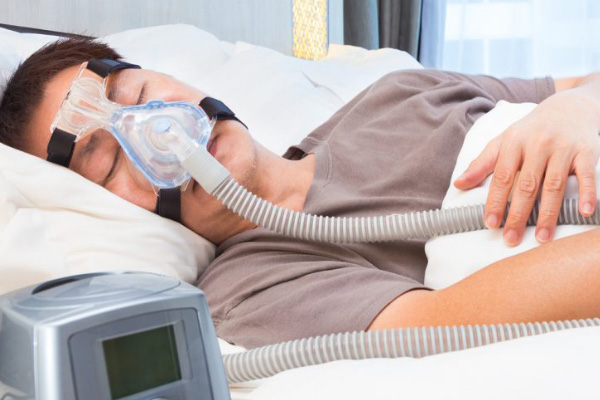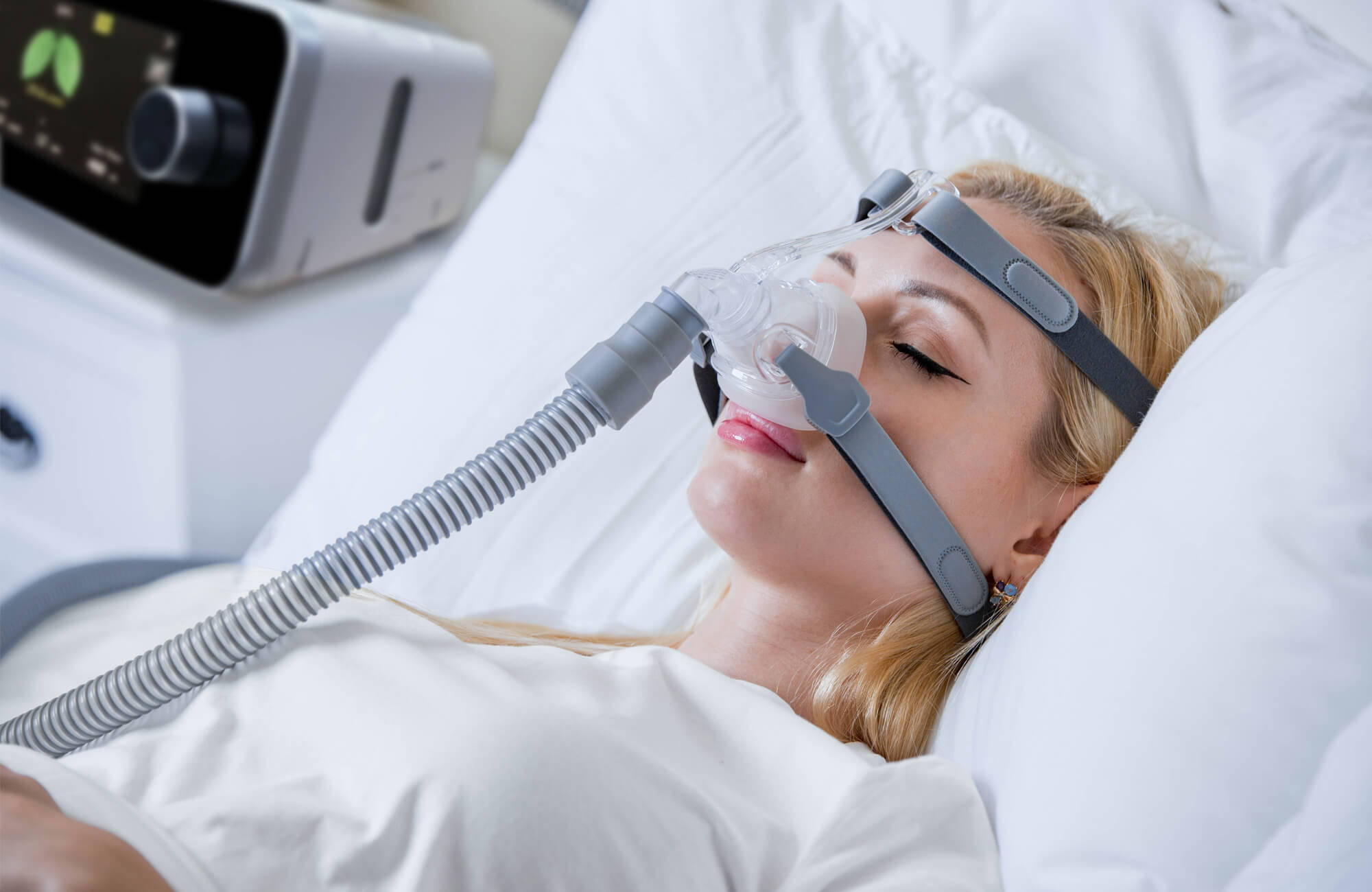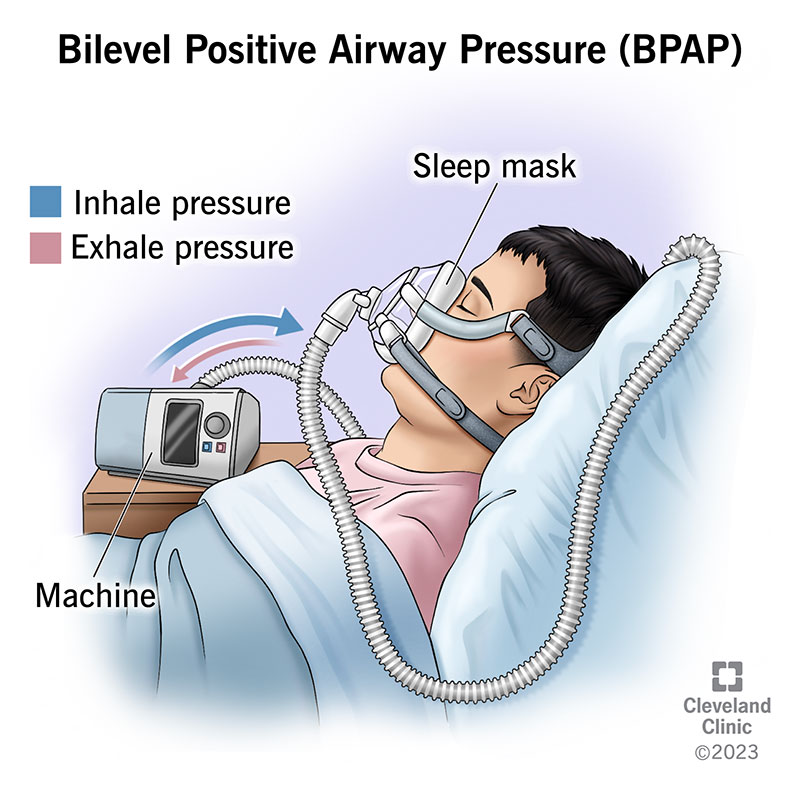Economical Options for BiPAP Rental Solutions Near You
Economical Options for BiPAP Rental Solutions Near You
Blog Article
Bipap vs. CPAP: Which Is the most effective for Your Rest Disorder?
When navigating the intricacies of sleep disorders, the selection between BiPAP and CPAP therapy is a crucial factor to consider. While CPAP provides a consistent air movement suitable for obstructive sleep apnea, BiPAP's double pressure setups might enhance convenience for those with even more elaborate respiratory issues.
Recognizing Sleep Disorders
Rest problems encompass a variety of conditions that disrupt normal sleep patterns, impacting both the high quality and period of remainder. These disorders can show up in various types, including sleep problems, sleep apnea, narcolepsy, uneasy leg syndrome, and parasomnias. Each problem provides distinct obstacles, usually bring about considerable daytime tiredness, cognitive problems, and emotional disruptions.
Insomnia is defined by difficulty dropping or staying asleep, while rest apnea entails repeated disturbances in breathing during rest, often causing fragmented rest. Narcolepsy, on the various other hand, is marked by too much daytime drowsiness and unexpected sleep assaults. Troubled leg syndrome triggers uncomfortable experiences in the legs, prompting an unmanageable impulse to relocate them, which can also impede the capacity to drop asleep.
The influence of sleep problems extends beyond specific wellness, influencing general performance, relationships, and high quality of life. Understanding the particular nature of each condition is essential for effective medical diagnosis and therapy. As rest health and wellness comes to be progressively recognized as a vital part of total health, addressing these disorders is vital for enhancing both sleep quality and day-to-day performance.
Exactly How CPAP Works
Constant Favorable Air Passage Stress (CPAP) therapy is often used as a primary therapy for obstructive rest apnea (OSA) The device of CPAP includes using a maker that provides a consistent stream of air with a mask used throughout sleep. This air movement preserves favorable stress in the airway, preventing the collapse or blockage of the throat that can take place throughout rest.
When an individual inhales, the CPAP device offers a continuous circulation of air, making sure that the airway continues to be open - BiPAP Rental. This not only alleviates the signs of OSA, such as snoring and disrupted rest patterns, yet likewise reduces the involved wellness threats, consisting of cardio issues and daytime exhaustion
The pressure settings on a CPAP maker can be personalized to satisfy individual person requirements, often determined via a sleep research study. People normally undergo titration studies to discover the optimal stress degree for their special problem. Normal follow-up and modifications may be needed to ensure effectiveness and convenience. In general, CPAP therapy has actually been revealed to substantially boost the top quality of sleep and general health and wellness for people struggling with obstructive rest apnea.
Just How BiPAP Functions
BiPAP, or Bilevel Favorable Respiratory Tract Pressure, is a specific type of non-invasive air flow that is specifically useful for people with conditions such as intricate rest apnea or respiratory system conditions. Unlike CPAP, which provides a continuous stream of air at a solitary pressure, BiPAP offers 2 distinct pressure settings: a higher inspiratory pressure for inhalation and a reduced expiratory stress for exhalation. This dual-pressure method enables easier breathing, reducing the initiative needed during exhalation.
The device runs through a mask fitted over the nose or mouth, linked to an equipment that produces air pressure. When the patient breathes in, the device delivers the higher pressure to help with air movement, making certain that the respiratory tract continues to be open. Upon exhalation, the machine automatically decreases the pressure, making it extra comfy for the patient to take a breath out.

Secret Differences Between BiPAP and CPAP

In contrast, BiPAP (Bilevel Favorable Airway Pressure) supplies two various stress settings: one for inhalation and a reduced one for exhalation. This dual pressure system sites permits more comfortable breathing, particularly for individuals who battle with exhaling against a constant stress. BiPAP is usually recommended for clients with intricate sleep apnea, persistent obstructive lung disease (COPD), or those who need added support during rest.
Moreover, the intricacy of BiPAP devices usually results in a higher price and needs a lot more cautious titration than CPAP. BiPAP Rental. Understanding these vital distinctions can assist in identifying which tool may be preferable for specific sleep problems, establishing the groundwork for enlightened treatment decisions
Selecting the Right Therapy
The choice in between BiPAP and CPAP this article treatment largely pivots on the specific characteristics of the sleep problem, the individual's general health and wellness, and their comfort with the device. CPAP, which provides a continual stream of air, is commonly prescribed for obstructive rest apnea (OSA)
On the other hand, BiPAP offers 2 degrees of pressure: one for inhalation and a lower one for exhalation. This dual pressure system is advantageous for individuals with complex sleep apnea or those who experience difficulty breathing out versus a continuous pressure. In addition, BiPAP is commonly advised for individuals with respiratory system problems, such as persistent obstructive lung condition (COPD), where differing stress settings can improve comfort and compliance.
Eventually, a comprehensive analysis by a rest specialist, including a rest study, can help identify which therapy lines up finest with the individual's demands. Aspects such as convenience, simplicity of use, and specific clinical conditions should likewise be taken into account to maximize therapy results.
Conclusion
In recap, both BiPAP and CPAP serve distinct purposes in the monitoring of sleep disorders. CPAP works for obstructive sleep apnea with regular air flow, while BiPAP provides twin pressure setups that improve convenience for those with complex sleep apnea or respiratory issues. The choice in between these treatments must be assisted by individual demands and problems, necessitating a detailed examination by a sleep expert to make certain ideal therapy end results and boosted quality of sleep.

Generally, CPAP treatment has been revealed to significantly enhance the quality of rest and overall health and wellness for individuals suffering from obstructive rest apnea.
BiPAP is usually advised for clients with complex rest apnea, persistent obstructive pulmonary disease (COPD), or those who call for added support during sleep.
CPAP is effective click for info for obstructive sleep apnea with constant airflow, while BiPAP offers twin stress setups that improve convenience for those with complex rest apnea or respiratory system problems.
Report this page